Description
Transition metals, comprising a large group in the center of the periodic table, include elements from Group 3 to Group 12. This group encompasses a wide range of elements including, but not limited to, iron, copper, nickel, silver, gold, and zinc. Transition metals are defined by their partially filled d orbitals, which contribute to their distinctive properties such as high melting points, high boiling points, and the ability to form various colorful compounds. These elements are also known for their malleability, ductility, and excellent conductivity of heat and electricity.
One of the hallmark features of transition metals is their ability to form a wide variety of stable compounds with different oxidation states, allowing them to participate in complex chemical reactions. This property makes them highly valuable as catalysts in industrial chemical processes. The variable oxidation states of transition metals are often associated with colored compounds, making them important in pigments and dyes.
Iron, cobalt, and nickel are the only elements known to produce a magnetic field, which has significant technological applications. Iron, in particular, is crucial in manufacturing and construction due to its strength and abundance. Copper and silver are highly conductive, making them indispensable in electrical wiring and electronic devices. Gold, known for its luster and resistance to tarnishing, is used in jewelry and as a standard in monetary systems.
In addition to their practical applications, transition metals are also essential in biological systems. For example, iron is a key component of hemoglobin in red blood cells, and cobalt is found in vitamin B12. The diverse properties and uses of transition metals make them a fundamental aspect of both the natural world and human technological development.
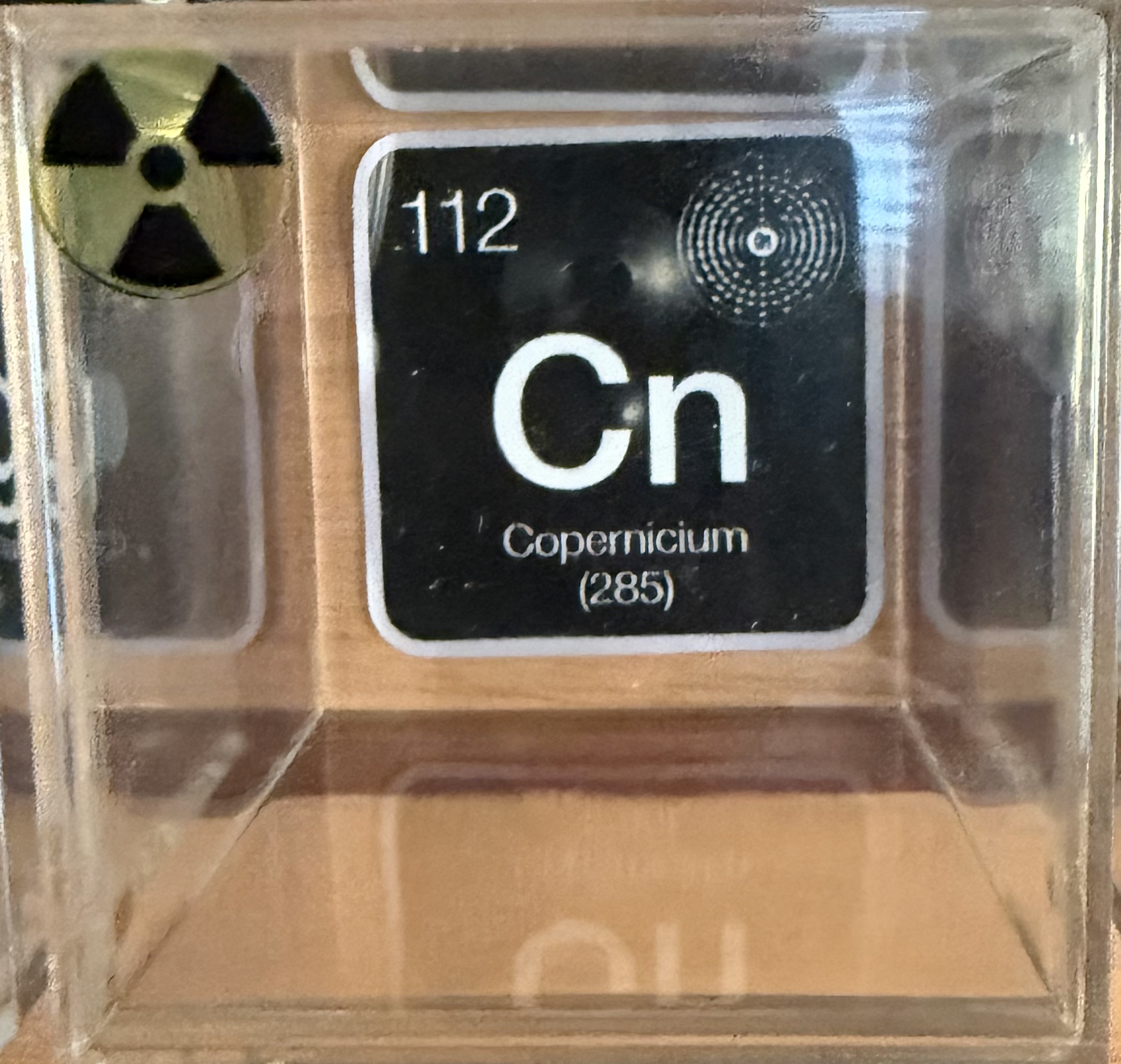
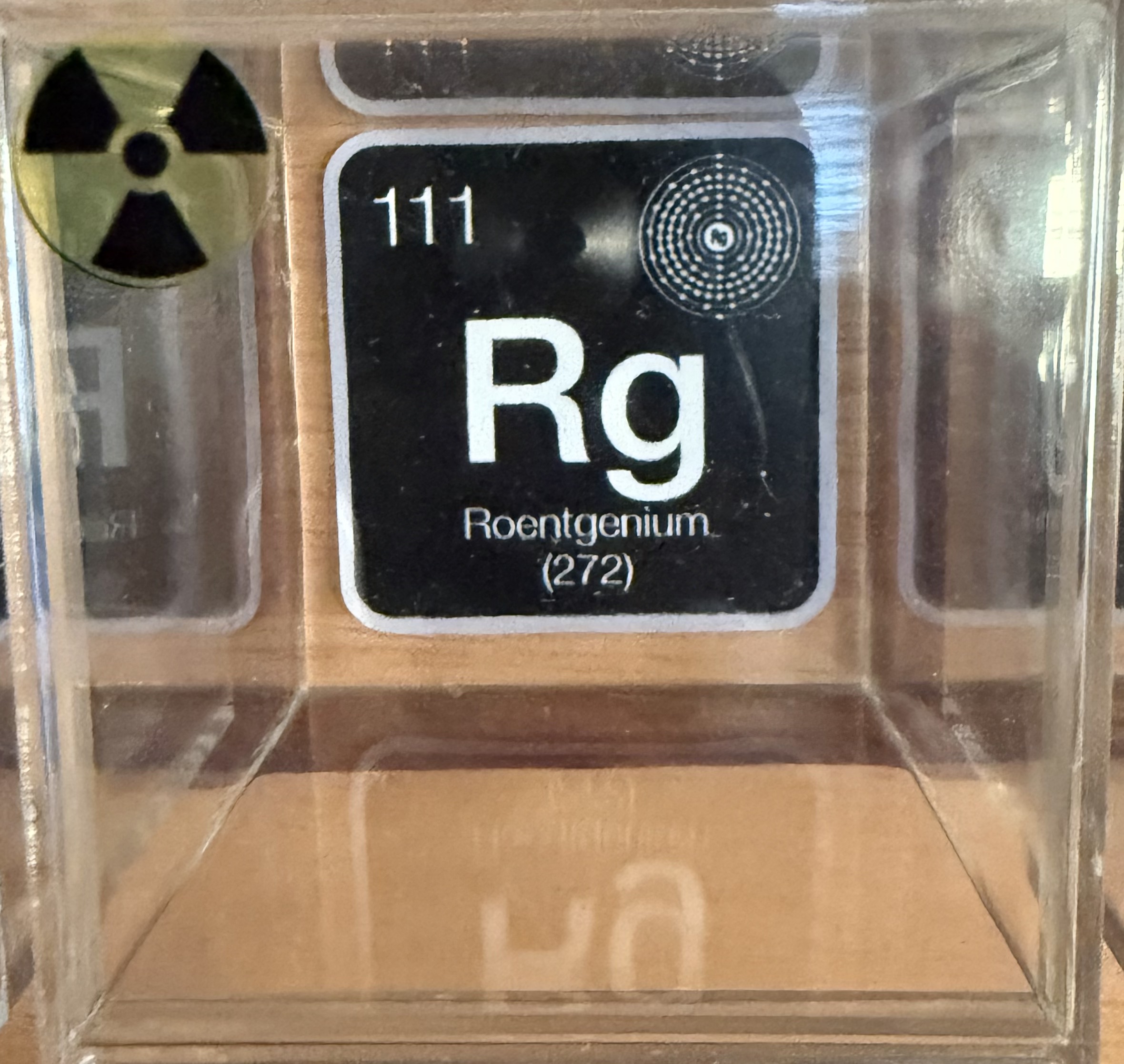
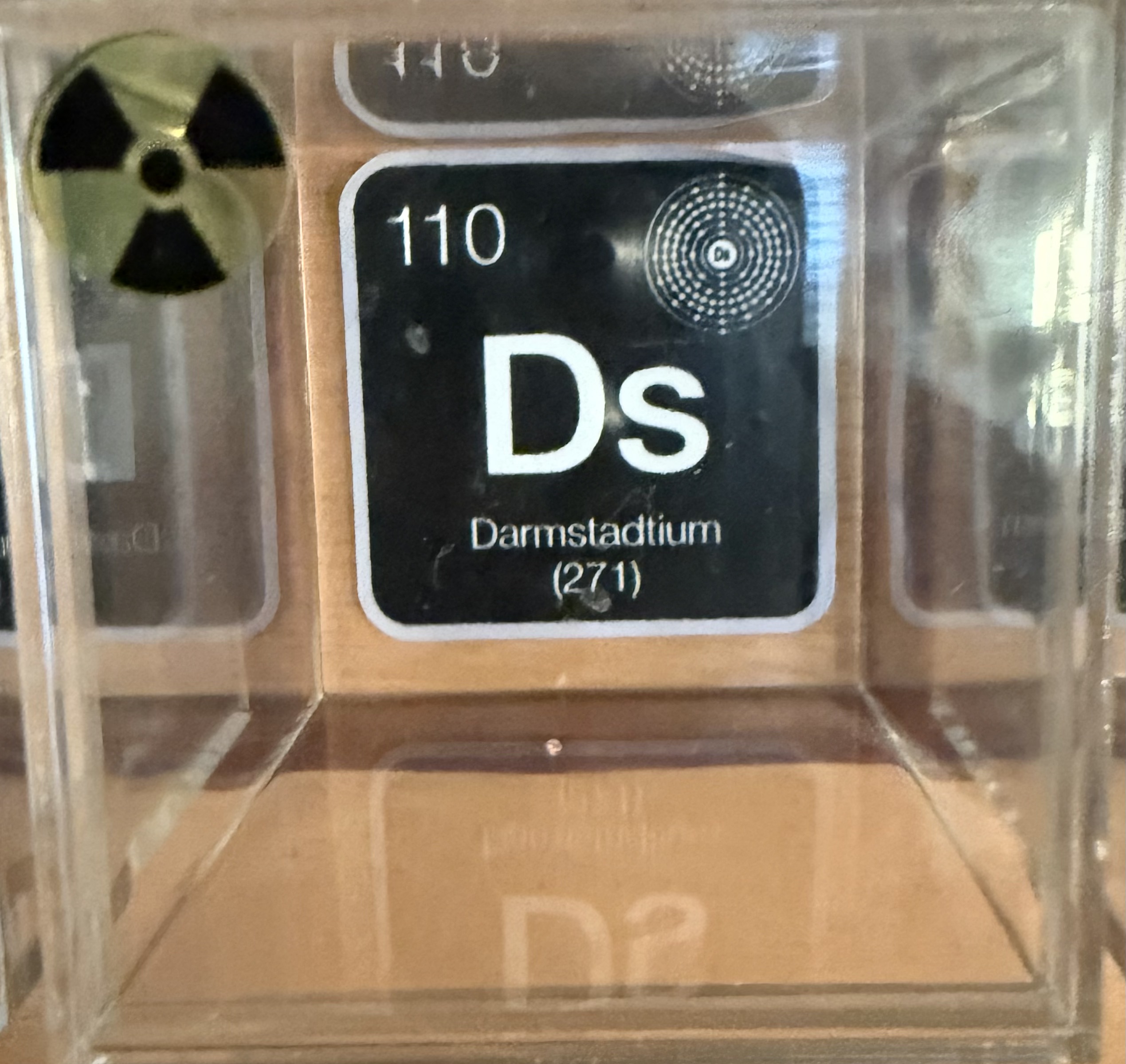
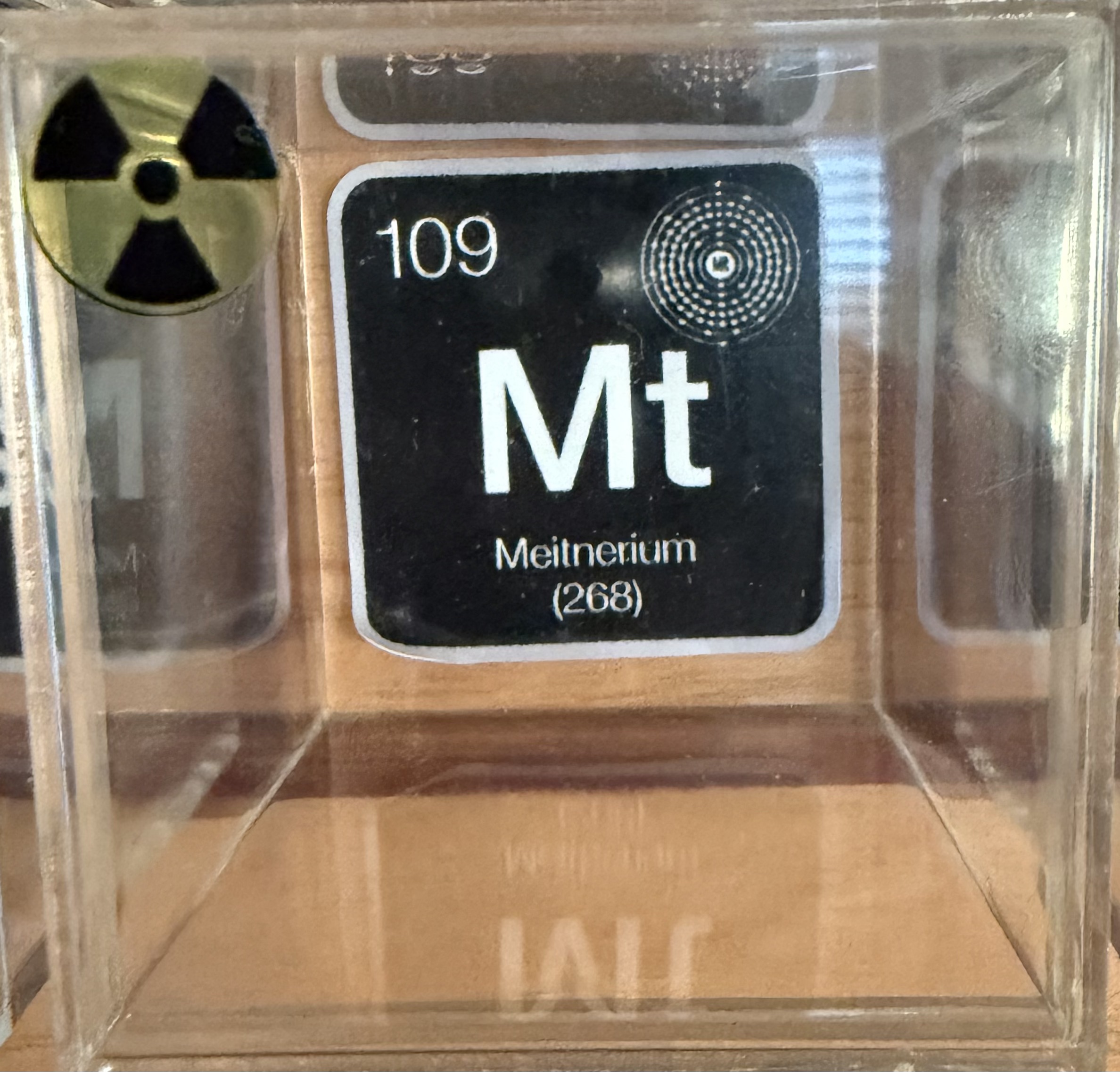

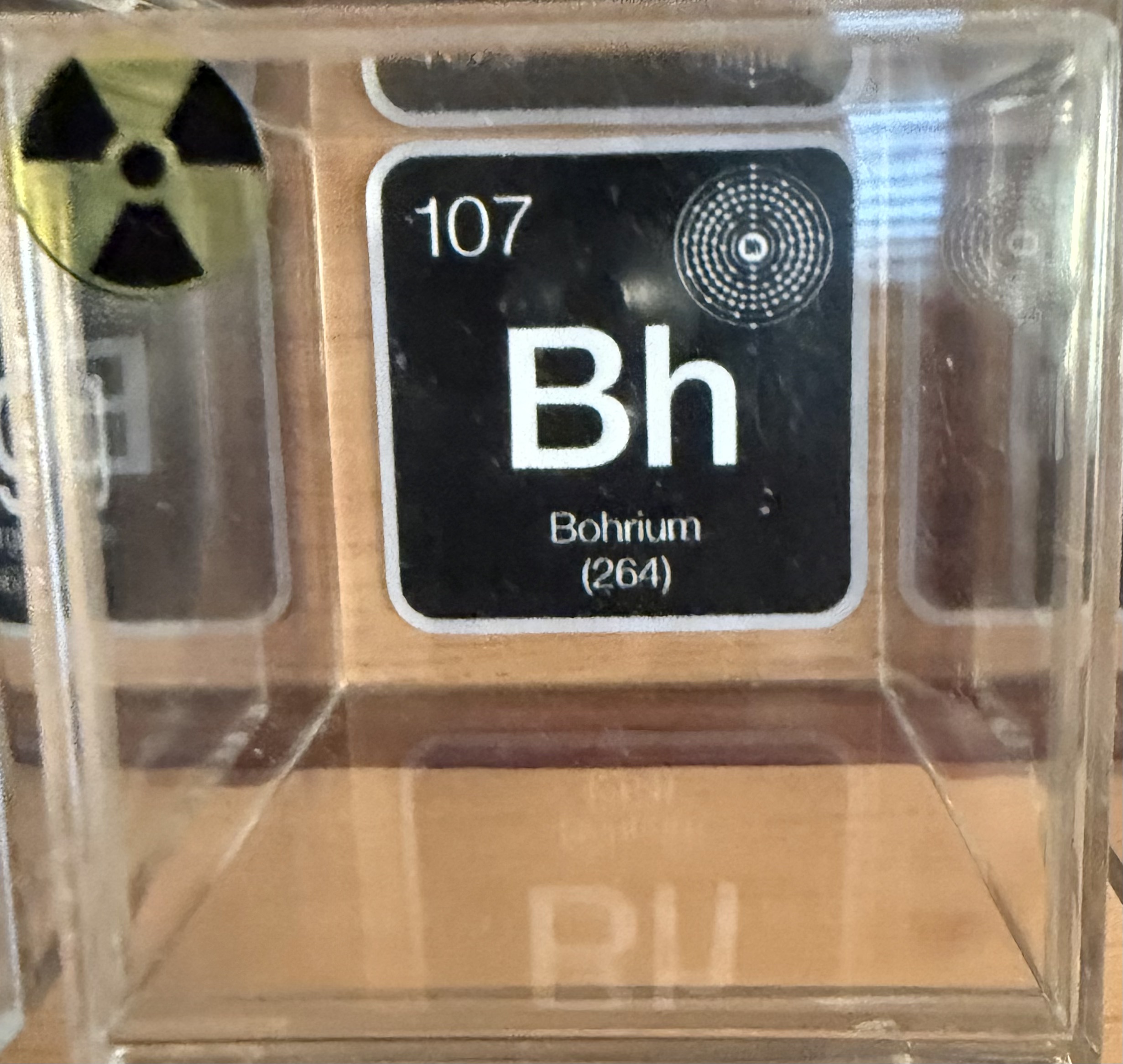
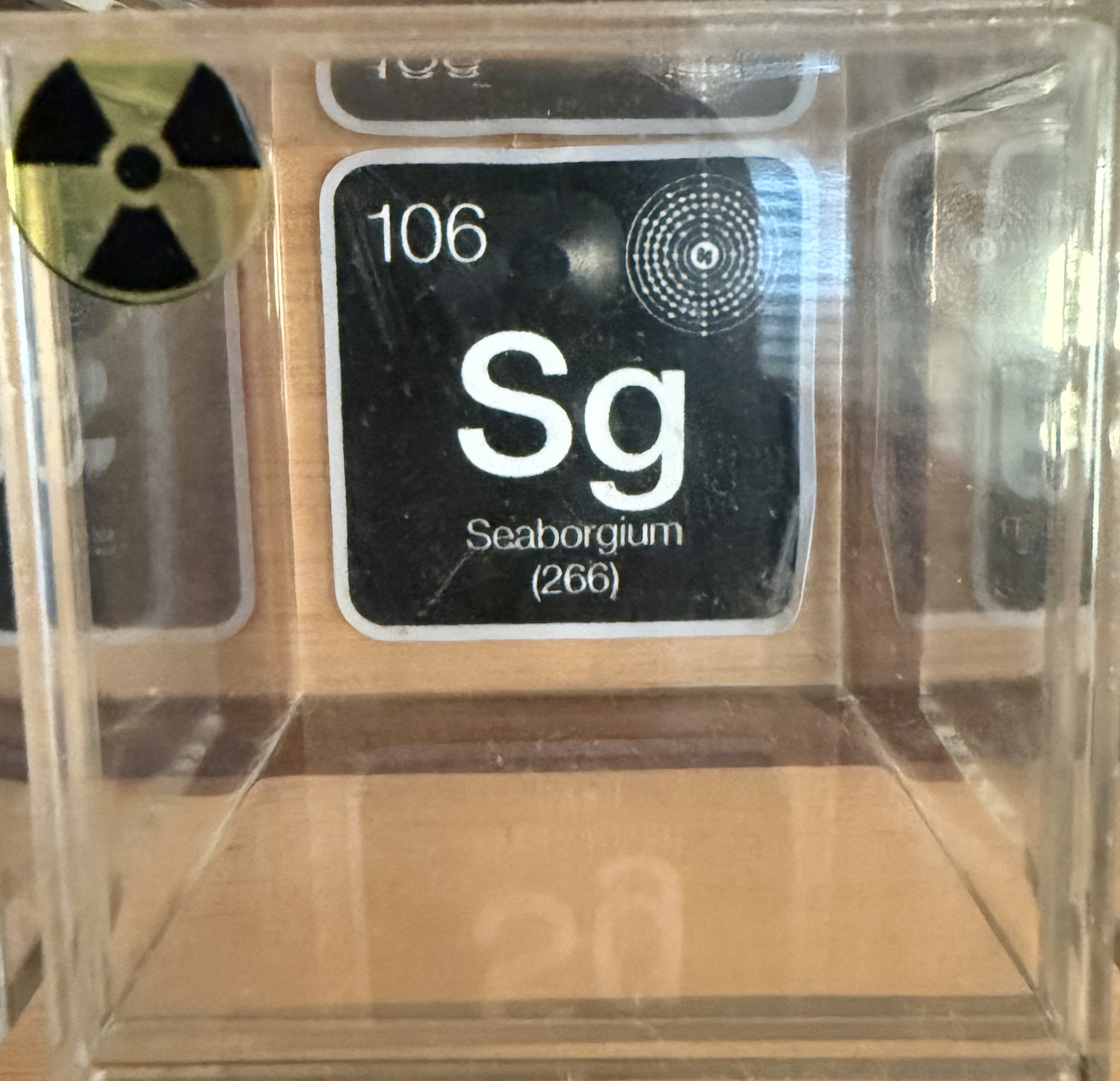
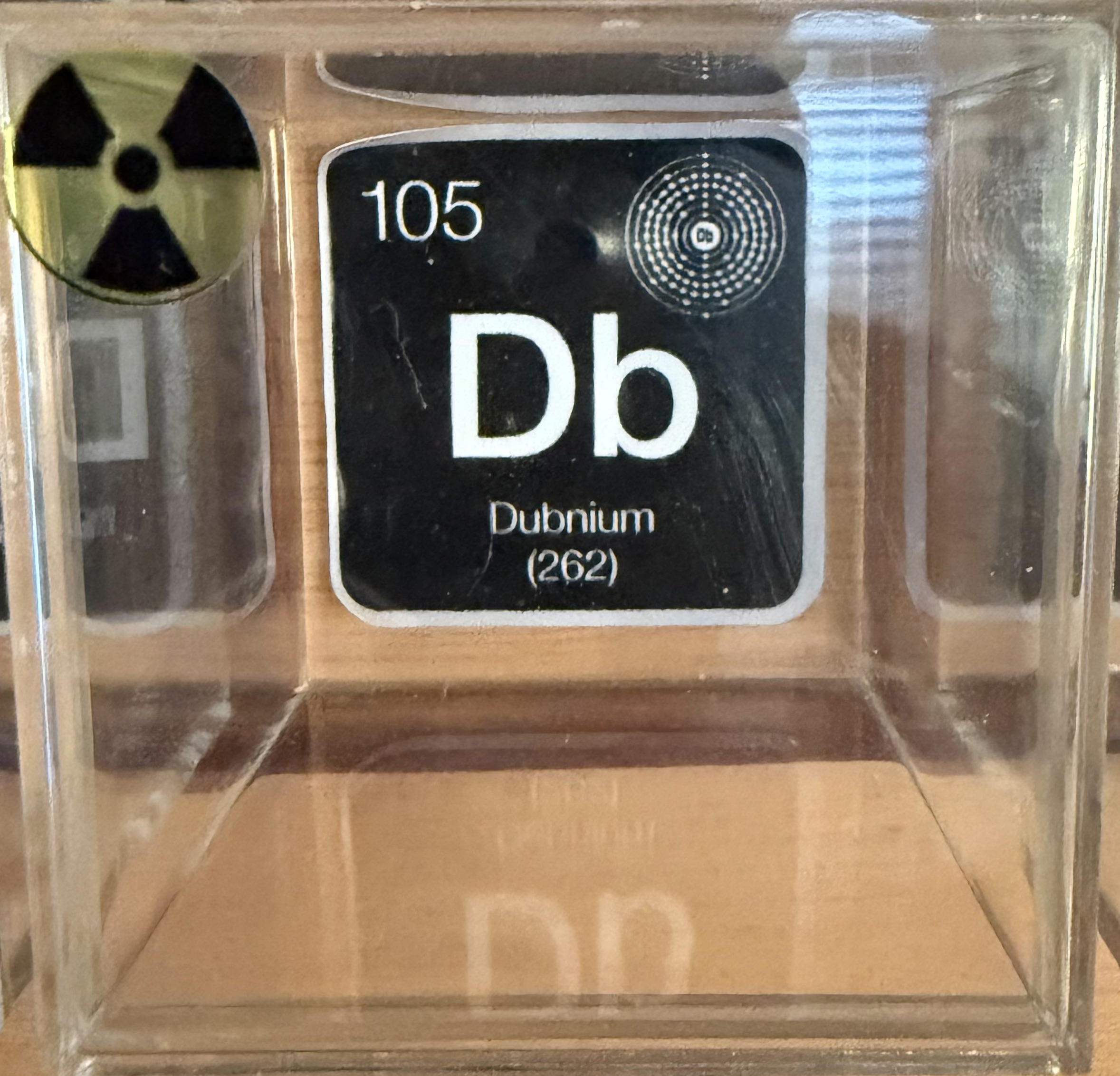


 using WordPress and
using WordPress and